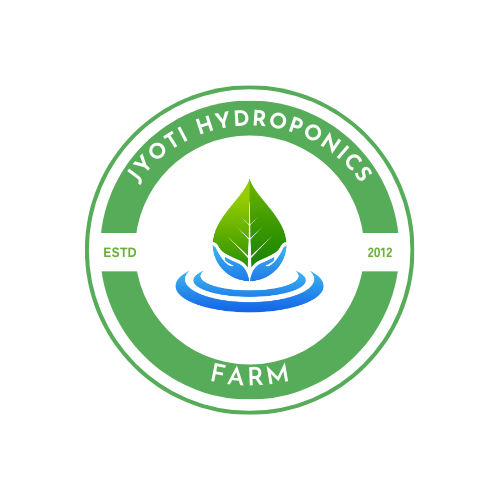Projects
Our Projects
Project Gallery

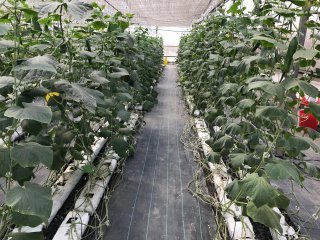
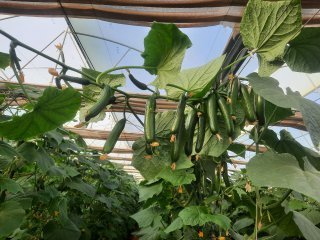
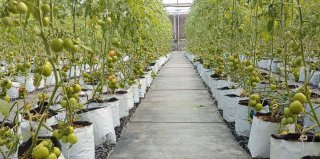
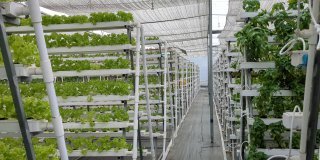
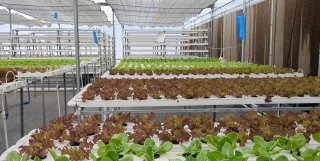
Our Projects
Project Information
Growbag Farming Project Information
Project Overview: Growbag farming is an innovative method of growing plants using specially designed bags filled with soilless media/Soil/Soilless Media+Soil with perlite and vermiculite with the ratio as per the plant you are growing.this technique is ideal for urban gardening, small spaces, and areas with poor soil quality.The project aims to establish a sustainable and efficient growbag farming system, suitable for various crops, including vegetables, herbs, and flowers.
Our Objectives:
To promote urban agriculture and self-sufficiency.
To provide a solution for growing plants in limited space.
To enhance the yield and quality of crops.
To use sustainable practices and materials.
To minimize the cost of farming to traditional farming, so that wecan also compete with the prices of local farmers.
Project Components:
Site Selection and Preparation:
Identify a suitable location with adequate sunlight.
Prepare the area by clearing debris and ensuring proper drainage.
Growbag Selection:
Choose durable and UV-resistant growbags.
Sizes can vary depending on the type of crops.
Growing Media:
Use a mix of Treated Soil+vermicompost+perlite+vermiculite or Soilless Media+Soil+perlite+vermiculite or Soilless Media+ perlite+Vermiculite as per the plant requirement for optimal growth.We Ensure the media is well-draining and nutrient-rich.
Crop Selection:
Select crops based on climate, off-season, space, and market demand.
Common choices include tomatoes, peppers, cucumbers, lettuce, spinach, herbs,strawberries etc.
Planting and Maintenance:
Plant seeds or seedlings according to recommended spacing.
Implement a regular watering schedule, preferably with drip irrigation.
Use organic or bio fertilizers and pest control methods.
Monitor plant health and growth regularly.
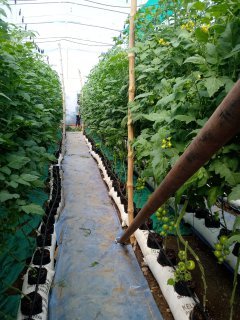
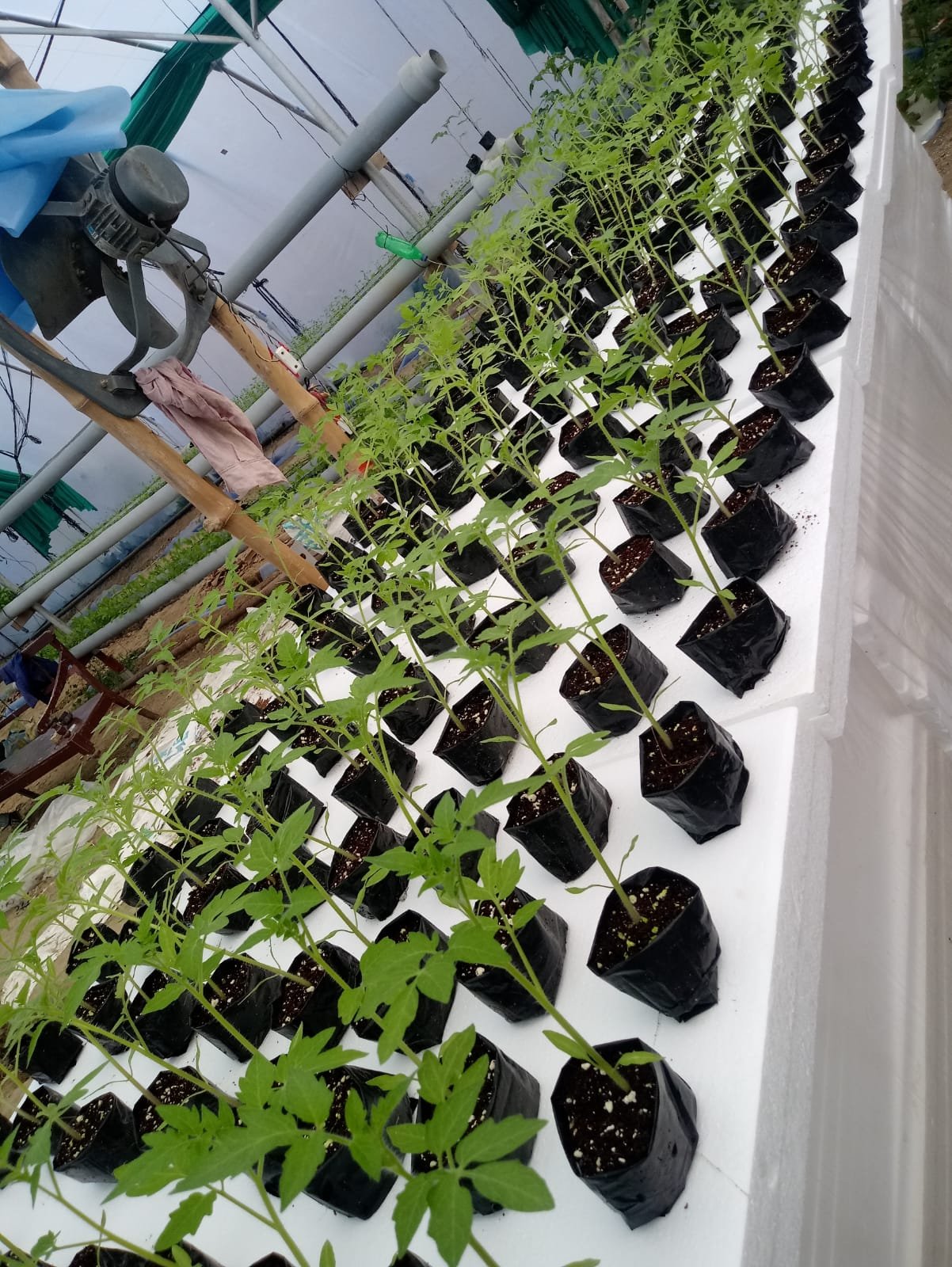
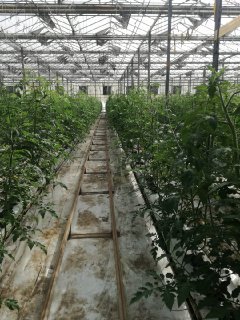
Harvesting and Post-Harvest Handling:
Harvest crops at their peak maturity.
Handle crops carefully to avoid damage.
Store and package produce appropriately for market or consumption.
Sustainability and Environmental Impact:
Growbag farming reduces the need for large-scale land use and minimizes soil degradation.
It promotes the use of organic practices, reducing chemical runoff.
Efficient water use, conserves water resources.
Benefits of Projects
Growbag farming offers several benefits, making it an attractive option for both urban and rural settings. Here are some key advantages:
Space Efficiency:
Maximizing the use of limited areas.
Portability:
Growbags are lightweight and easy to move, allowing farmers to reposition plants for better sunlight exposure or to protect them from adverse weather.
Improved Growing Media Quality:
Growbags can be filled with high-quality, nutrient-rich growing media ensuring optimal growing conditions regardless of the native soil quality.
Enhanced Root Health:
The fabric of growbags allows for air pruning of roots, which prevents root circling and promotes a healthy, fibrous root system.
Better Drainage:
Our system, typically provide excellent drainage, reducing the risk of overwatering and root rot issues.
Pest and Disease Management:
Elevating plants off the ground can help reduce exposure to soil-borne pests and diseases, leading to healthier plants.
Temperature Regulation:
The breathable fabric of growbags can help regulate soil temperature, keeping roots cooler in the summer and warmer in the winter when compared to the traditional farming.
Flexibility in Crop Rotation:
Growbags can be easily changed or replaced, after every 3-5 years, allowing for convenient crop rotation, which can help maintain soil fertility and reduce pest and disease buildup.
Accessibility:
Easier to manage for people with limited mobility, as growbags can be placed at a convenient spacing and location as per our need.
Environmental Benefits:
Many growbags are made from recycled materials, contributing to sustainability. Additionally, they can be reused for several growing seasons.
Cost-Effectiveness:
Growbags are often more affordable than traditional raised beds or large pots, making them a cost-effective choice for farmers.
Overall, growbag farming is a versatile and practical method that offers numerous advantages, particularly for those looking to maximize their gardening efforts in limited or challenging spaces.
Project Solutions
Challenges and Solutions:
